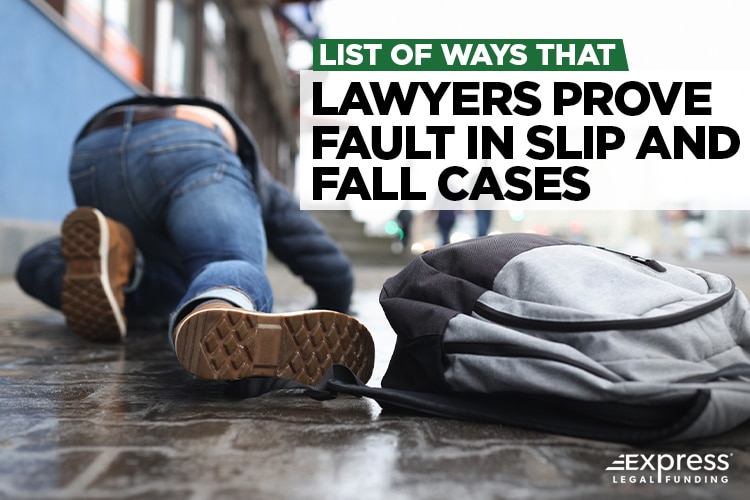
Slip and fall personal injury cases are almost as common as motor vehicle cases. However, they are often challenging to resolve due to the number of case variables, such as location, reasonability, evidence, time, and fault.
The primary challenge with slip and fall cases is proving that the fault lies with someone; this is required to receive compensation for your injuries and financial burdens related to the accident.
This step is where attorneys come into play, as they must review the case and help determine whether you were at fault for your injury or if the other party was responsible.
Determining fault in these situations is a complicated endeavor and can sometimes lead to a lengthy legal battle. Today, we hope to enlighten you on how fault works and attorneys’ methods to proving fault.
What is a Slip and Fall Case?
Slip and fall cases are often self-explanatory, with the nature of the cases revolving around the injuries resulting from a fall.
However, the difference between an accidental injury in the home or a public location determines whether a “slip and fall” is a personal injury case or not.
For example, suppose you are injured in an accident in public. In that case, your attorney can begin investigating to determine whether or not you are entitled to recover money for your injuries.
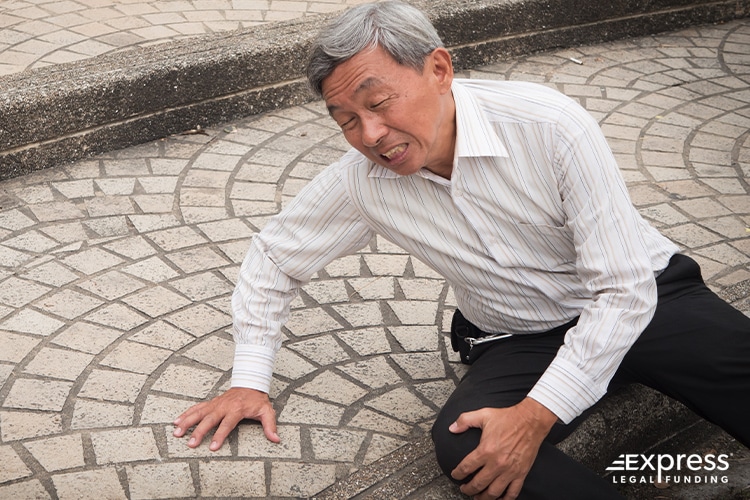
However, despite the name, a slip and fall case does not necessarily require you to slip and fall. If any injury is suffered on someone else’s property, you might have a basis for a personal injury claim”>claim.
It is important to note that even if the property owner’s fault is established, settlement amounts vary case-by-case, regardless of the accident type and the circumstances surrounding it.
The key to having an injury be considered a “slip and fall” accident is that it requires you to have been in a public area at the time of the accident.
Typically, for an injury to be grounds for legal action, the accident will have happened in a public location and preliminarily determined to be the property owner’s fault.
It can often be more complicated than that; there’s a possibility that you could still be found at fault even if your injury occurred in a public place.
For example, proving fault may be simple with some workplace injuries but could be more complicated if it happened at your neighbor’s house.
Before we dig in, you should first understand the legal definition and learn what, exactly, can be considered “fault.”
What is Considered “Fault”?
In the simplest terms, fault is a simple concept of who is to blame in an accident. While it might seem like “fault” is a matter of common sense, the truth is more complex.
The legal definition of fault is precise; fault refers to whether or not the injury you suffered in a public location can be attributed to an avoidable hazard that you should have seen and been able to avoid or if it is the result of negligence or carelessness that was unavoidable.
Much of your case will likely involve your attorney proving fault with witnesses and evidence. This process, in turn, requires an in-depth investigation into the particulars of the accident to ascertain which factors were responsible for the resulting injury.
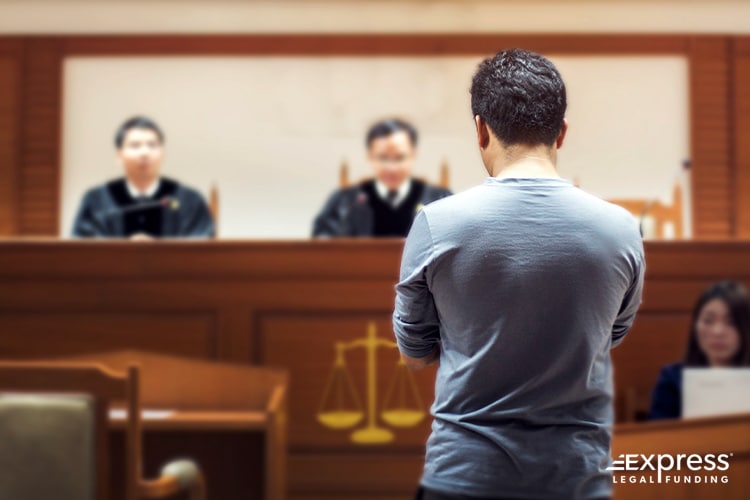
Fault also denotes whether or not there is a legal basis for a personal injury case to proceed. If fault can be attributed to the property owner on which the accident occurred, for example, then it’s likely that you have a viable case.
However, if the fault lies solely with you, then you can abandon any hope of pursuing anyone for compensation concerning your injuries and lost wages.
How is Fault Proven?
Proving fault in a slip and fall injury case is not as simple as pointing the finger at the property owner and claiming negligence. As you might expect, there is often a lengthy investigation that follows during these legal cases.
Unfortunately, this also means that there is no uniform method for proving fault in a slip and fall case, as the circumstances between cases are often dynamic and complex.
Your attorney will likely investigate several common details to help prove fault, though they may not employ all of them, nor will they necessarily be relevant for every case.
The first thing that is investigated is the preventability of the accident itself. Suppose the injury occurred due to a hazard that a business could have mitigated or negated with appropriate safety measures.
For example, if you were walking through a store and stepped across a freshly mopped floor despite the presence of a wet floor sign, you may have a difficult time proving the store’s liability.
However, suppose there was no sign within prominent sight, and you slipped. In that case, the store could be held liable for not taking the measures necessary to warn against a potentially hazardous situation.
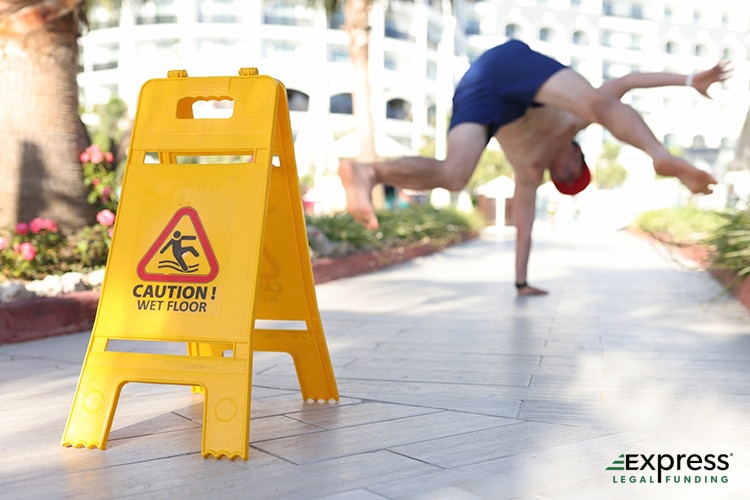
There are also contingencies in place to protect against lawsuits for common sense injury scenarios. In the simplest terms, these are scenarios that typically involve accidents with objects that are reasonably apparent hazards, especially in a location where you should not have been present.
If you were to jump over a fence and land on some sharp gardening tools, for example, it would likely void any liability in most cases. It’s common sense to assume that fence jumping, which is usually trespassing, can result in injury.
The next thing reviewed is how reasonable the case is. The primary point of measuring reasonability is determining how long the offending hazard has been present in the area.
For example, let’s assume that you were walking up a staircase to the entrance of a building, and there was a loose tile on the landing, causing you to slip and fall back down the stairs. If the tile was only loose for the last few hours, the building owner might not bear any fault.
However, if the issue has been present for a year, they may be held liable for unreasonably allowing a hazard of this nature to persist for an extended time.
Finally, the investigation looks into how negligent you were at the time of the accident. Primarily, negligence could mean that you were not paying attention to your surroundings in a way that caused you to suffer an injury that you might have otherwise avoided.
For example, someone walking while distracted on their phone may be negligent of their surroundings, and the fault could lie with them rather than the property owner.
Suppose these categories are proven in your favor, and the negligence is solely that of the property owner. In that case, you may have an excellent chance of winning any personal injury claim filed as a result.
However, even if fault is proven, some details can still affect the nature and outcome of your case.
The “Where” Matters
Slip and fall cases follow essentially the same basic structure but will rarely play out identically to any other case. However, they are not quite as straightforward as you might have gleaned from what has been discussed so far.
The fact is, slip and fall cases can be divided into two significant variants that directly impact what kind of case you have and what type of compensation you can expect for your pain and suffering.
The first kind of case is your standard personal injury claim. These cases are akin to what we have described thus far and, once the fault is proven, settlement negotiations can proceed.
There is no set minimum settlement amount, so there is no guarantee about what you stand to gain.
Further still, personal injury claims will tend to pay out differently depending on whether the injury occurred on a privately-owned domestic property or corporate property and will usually scale to the cost of your medical treatment plus damages, depending on the nature and severity of your injuries.
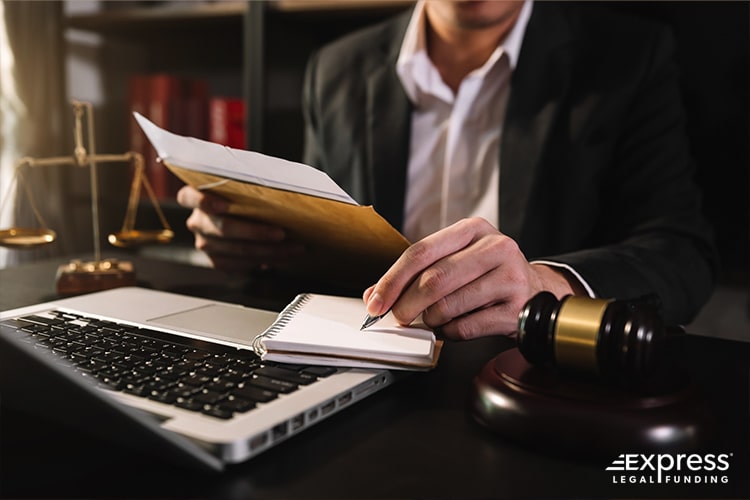
The second kind of case is a worker’s compensation case that will be processed directly through your place of employment. Worker’s compensation cases differ in that they only take place when you suffer a slip and fall injury while on-duty at your place of work or at a location your employer designated for you to be.
Worker’s compensation cases are a completely different type of proceeding that does generate settlements and instead focuses on helping pay for the cost of medical treatment and to help make up somewhat for lost wages.
Payments vary depending on how debilitating your injuries are and what level of disability you qualify for.
For all nonwork-related slip and fall cases, the type of property the accident occurs on is just as crucial in determining what kind of resolution is reached.
There are requirements for different property types that determine whether or not the owner can be held at fault for injuries sustained within its bounds:
- Commercial properties must be directly responsible for the hazard, have knowledge of the hazard without acting to remove it, and have been made aware of the hazard through some means.
- Residential properties require that the landlord or property owner had direct control over the hazard’s existence, would not have gone bankrupt removing the hazard, and lack of action to remove the hazard must have been the cause of the injury.
- Government properties have special regulations that determine fault that are too lengthy to discuss in this one article.
Regardless of the type of case, evidence needs to be gathered to fortify your case. Your attorney will conduct the same investigations to ensure the property owner is at fault for your injury before your case can proceed. However, it becomes beneficial to help out with the next step to the best of your ability in some cases.
Evidence Gathering
It’s not likely that your attorney can win a case without sufficient evidence. Without the proper hard evidence to support the claims, cases become a “he said, she said” situation that almost universally ends poorly.
For example, the evidence needed to support one’s case in a slip and fall may boil down to actual visual evidence such as photos and videos of the place where the slip and fall occurred and what happened at the time of the injury.
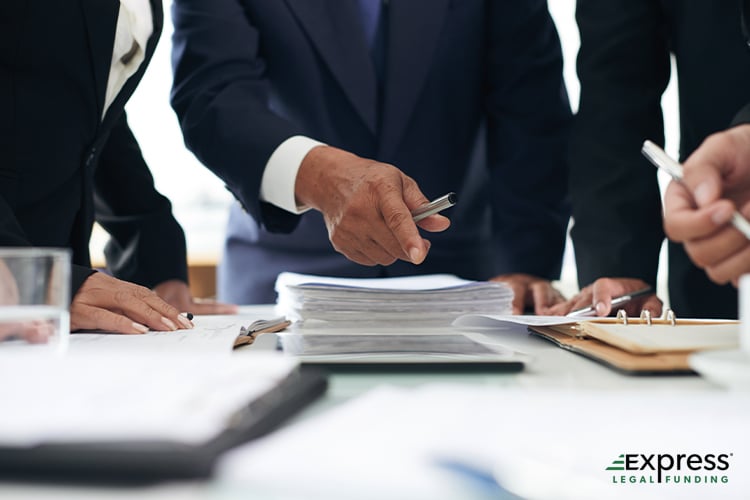
The investigation into the details of liability will help shed some light on what transpired, but one cannot rely solely on the story of what happened. To this end, attorneys seek out details listed by witnesses at the time of the accident.
When multiple witnesses recount events in a way that lines up with what happened to you, it generally makes it that much easier for settlements to end in your favor and for the fault to be accurately assigned to the property owner.
However, if the witness reports point out glaring holes in your story, your case could fall apart.
Another excellent way to reinforce the facts of the case is a visual representation of what happened the day of the accident.
We live in an era where virtually everyone has a high-powered camera in their pocket 24/7. With this in mind, it is easier than ever for photographs and video documentation of an accident to be gathered for review in personal injury cases.
This evidence is more reliable and effective than witness reports, as it clearly shows what events transpired leading up to the injury.
Your attorney may help with evidence collection, such as measuring the length, width, and depth of the hazard that caused the injury, keeping careful records, and gathering witnesses after an injury.
Hard evidence is the magnum opus of any case, personal injury included. So, when such cases are being reviewed, any physical evidence you can provide to your attorney that helps corroborate your version of the events could significantly aid the case and improve the chances of it resolving in your favor.
Otherwise, your attorney will have to gather the available evidence for review and present that information on your behalf during the settlement negotiations. This evidence may be gone by the time you hire a lawyer, so it’s important not to delay and to hire an attorney immediately after your slip and fall accident.
Closing Statements
Slip and fall cases are a bit of a messy situation. The evidence needed for the case to end in your favor can be difficult to gather, and the result can vary with the many details that are factored into the final decision.
The matter of fault has to be unimpeachable as any doubt as to the veracity of your claim can upturn the entire case. It is your attorney’s job to build your case with this in mind.
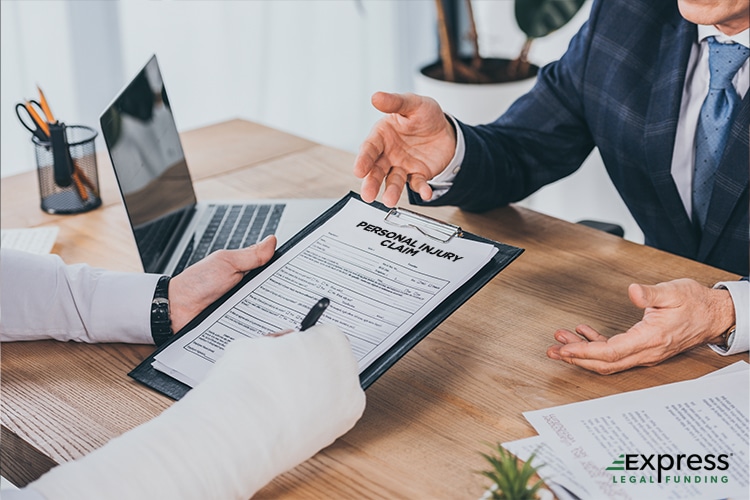
That said, when you file a personal injury claim on a slip and fall accident, you should also be 100% honest with your attorney.
Dishonesty on your part jeopardizes your overall case and serves no purpose. So, be sure to treat your attorney as your ally so they can give you proper advice on the matter and protect you from hurting your case.
Now, it is also well-known that remaining afloat financially during legal proceedings can be remarkably difficult. So, if you have a complex case and are worried about the funding required to make ends meet during personal injury cases, you might want to consider legal funding.
We can help with the necessary legal funds to pay for essentials until your case is resolved. We at Express Legal Funding specialize in providing such aid – if you are in the midst of a legal challenge or have been involved in a slip and fall accident, please call us to see how we can best serve you.
